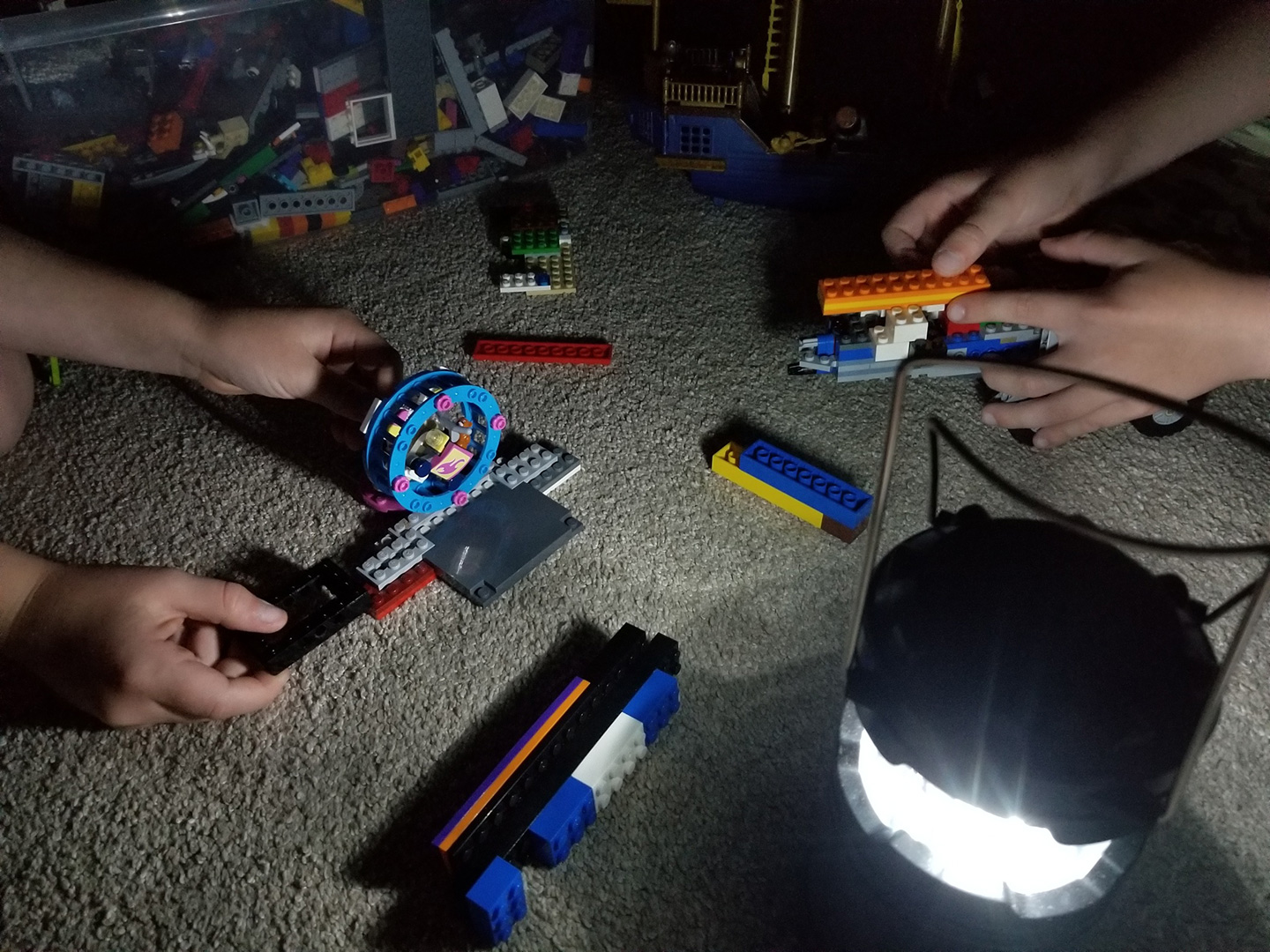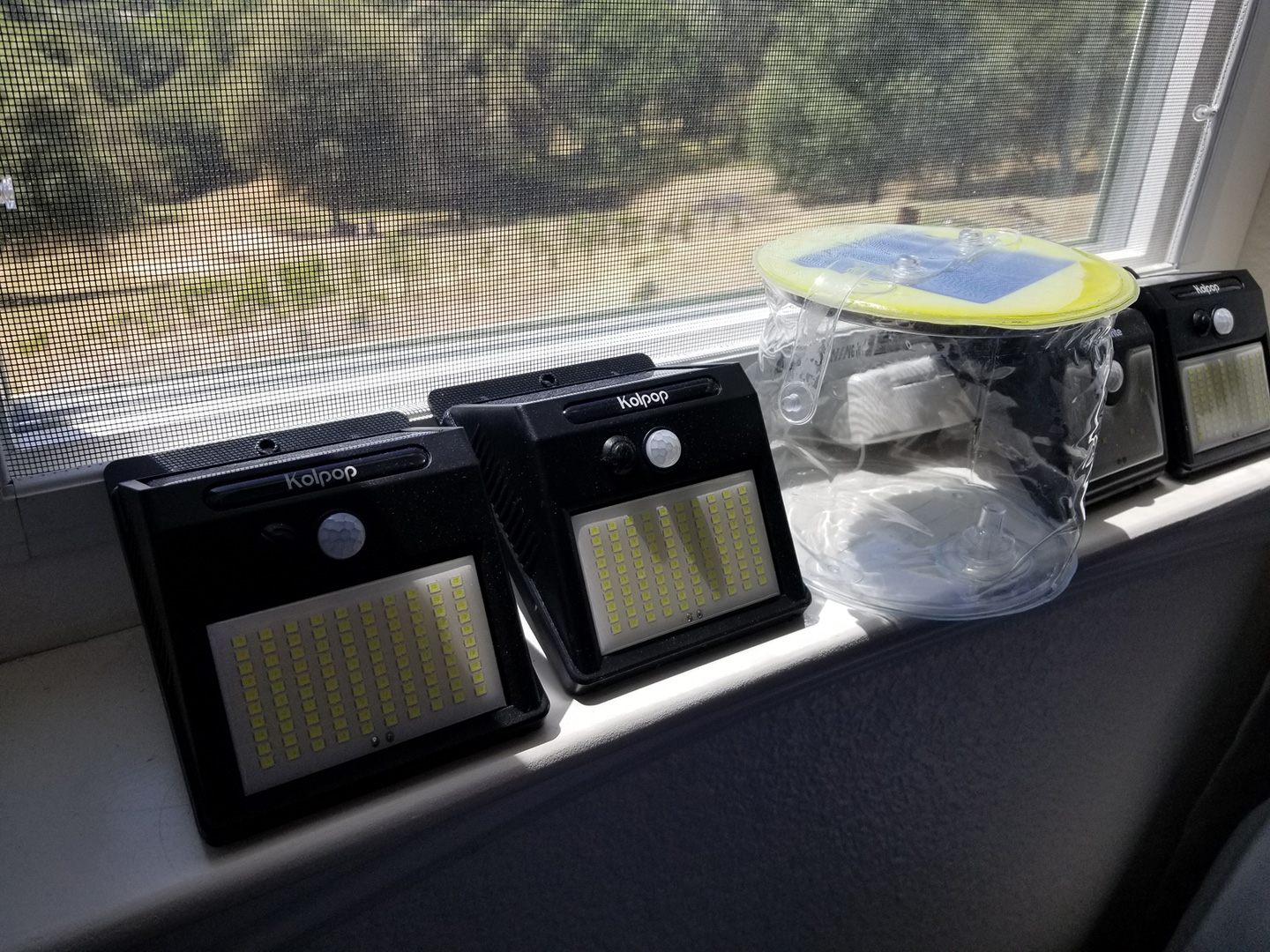My mom, a Pittsburg native, thinks it’s remarkable that her daughters were all born and raised in California. Apparently, California is just a little bit different. After spending a year in Boston, I completely agreed, and couldn’t wait to get back to my version of normal.
California has changed a bit, though. We now have the late summer challenge of wildfires, bringing thick smoky air, eerie red mid-day sunlight, ash on windshields, and terrible air quality that made masks cool before COVID. Most of California is shaped like a big bowl, with a central valley nearly at sea level surrounded by tall mountain ranges. This unique topography traps smoke so even if the wildfires are several hundred miles away, the intensity of the smoke makes you check a map to make sure it isn’t in your county.
PG&E’s Public Safety Power Shutoff Events
In doing a little research, I found that the number of wildfires isn’t the problem, it’s their size. Wildfires in California are traveling faster than they used to and growing much, much larger. An
interesting fact I found is that of the 20 most destructive California wildfires on record, six occurred last year. And reading the footnotes of that list, six of the 20 were caused by powerlines with two more being attributed to electrical causes. I know that I have been extremely fortunate that my family hasn’t needed to evacuate from a wildfire, or worse, to have lost our neighborhood to a fire.
In response to those statistics, our power company, Pacific Gas and Electric (PG&E), has developed a plan to try to avoid causing more fires, known as the Public Safety Power Shutoff (PSPS) events. With this program, PG&E will turn off power during high-wind-low-humidity events.
Aging Infrastructure and its Role in our Power Grid
In California, half a million people are regularly notified of potential outages and roughly 200,000 customers have lost power for several days at a time, on and off, for the last three years. But these power issues are not isolated to California. Remember the power outages that just happened in Texas during a fluke cold event? Extreme weather can affect all of us, and by default, the aging infrastructure that provides us with power.
Lessons Learned Thanks to a Second Grader
My best lesson in being prepared for power outages came in the form of a homework assignment given to my second grader. He was challenged with voluntarily turning off the power and seeing how long we could go without it. The longer it lasted, the more points were awarded. Not that points matter in second grade, but I like a good challenge. Being a mom with little kids, I waited to start our outage event until after I got a good cup of coffee and breakfast was cleaned up. Our experiment started off alright, easy cold lunch, playing outside; it was fun not doing chores and just playing with the kids. But then dinner came around, and it was getting too dark for the kid’s toys—Legos by flashlight wasn’t cutting it anymore—and I needed to make a real meal for picky kids. I gave it a try but broke down and pronounced the experiment over and turned the power back on so I could make dinner. Beyond extra credit for my second grader, I discovered that I do not have enough flashlights, kids do not want to go into a dark room even with a flashlight, and I have no idea what to make for dinner when I can’t use my stove. What started as a silly exercise became a humbling experience about how little I was prepared.
 My kids lasted for a short time playing with Legos by flashlight, but eventually even that lost its luster.
My kids lasted for a short time playing with Legos by flashlight, but eventually even that lost its luster.
Here are a few hints of things you may not be prepared for:
- When the power grid goes down for thousands of people, the internet gets very unreliable.
- Your internet modem (phone or cable) requires power.
- Garage door openers require power, but most can be operated manually (and that is a hard thing to figure out in the dark).
- Portable rechargeable lithium Ion battery packs are very useful
- You can get a generator but that typically only gives you four or five outlets, and you probably don’t have enough extension cords.
- Even if you get a generator, the local gas stations will be out of power, and you will find long lines at the open stations.
- Most items with battery backup are only designed to last about 24 hours.
- The grocery store will be out of ice.
- On-demand natural gas water heaters need a small electrical source to function.
- Well water pumps require electricity.
- Some homes need a small electric pump to move wastewater to the main sewer line, and without power, residents need to watch flushes and sink use.
- Water treatment plants frequently issue “boil before consuming” notices.
- Don’t forget about your pets! Aquarium’s frequently need a constant power source.
- It’s very difficult to make coffee on an outdoor barbeque, but it’s possible!
 This is our dedicated year-round solar light charging system, just in case.
This is our dedicated year-round solar light charging system, just in case.
The moral of the story is, there are so many things you don’t think about until you find yourself in the middle of it. I challenge you to pull your main breaker and live without power for 24 hours. It will give you valuable insight into the simple things you can do to be prepared for these types of events. In fact, I received a text and an email a few weeks ago from my electric company that said, “For safety, your electricity will be TURNED OFF Wednesday April 21st.” At least I was prepared!